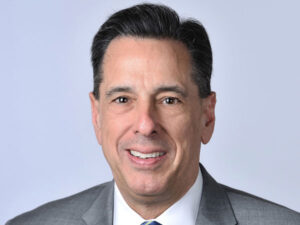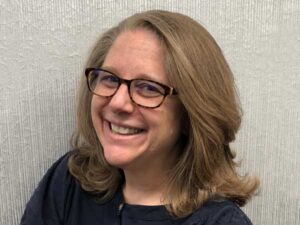The COVID-19 pandemic has created a host of diagnostic, treatment, and follow-up problems for patients with cancer of all types, and this is particularly true for patients with lung cancer, their families, and health care providers.
In late December, rumors regarding a dangerous virus that originated in a seafood market in Wuhan, China started spreading across the world. At the time, all we knew was that the virus resembled the severe acute respiratory syndrome, better known as SARS, and that it was aggressive and deadly.
While the news these days is rightly focused on hospitals and the government fighting public enemy number one, aka COVID-19 (the novel coronavirus), independent community oncology practices continue to treat and comfort patients who are at war with that insidious disease we call cancer.
As clinicians in a medical specialty that relies on evidence to guide treatment plans for individuals with cancer, we face an unfortunate dearth of data to help steer us during the coronavirus pandemic.
Governments respond differently to crises which threaten the health of their citizens. For example, during the current SARS-CoV-2 pandemic, some countries instituted an immediate lockdown whilst others have not restricted social activities, or have done so too late to be maximally effective.
While the National Clinical Trials Network (NCTN) groups remain open for business during the pandemic, it’s not business as usual. For good reason, clinical trials are taking a backseat to clinical care. Leadership and members themselves face significant challenges treating oncology patients, as attention and resources are diverted to minister to those with COVID-19.
This story is part of The Cancer Letter's ongoing coverage of COVID-19's impact on oncology. A full list of our coverage, as well as the latest meeting cancellations, is available here.
On a recent call with directors of cancer centers, NCI Director Ned Sharpless reminded us that quarantines present opportunities for scientists to think deeply.
As the crisis triggered by the COVID-19 pandemic deepens, the two separate, unequal societies that make up the United States of America are equally frightened, bewildered, and unsure of what comes next.
The worldwide spread of the coronavirus (COVID-19) presents unprecedented challenges to the cancer care delivery system.














